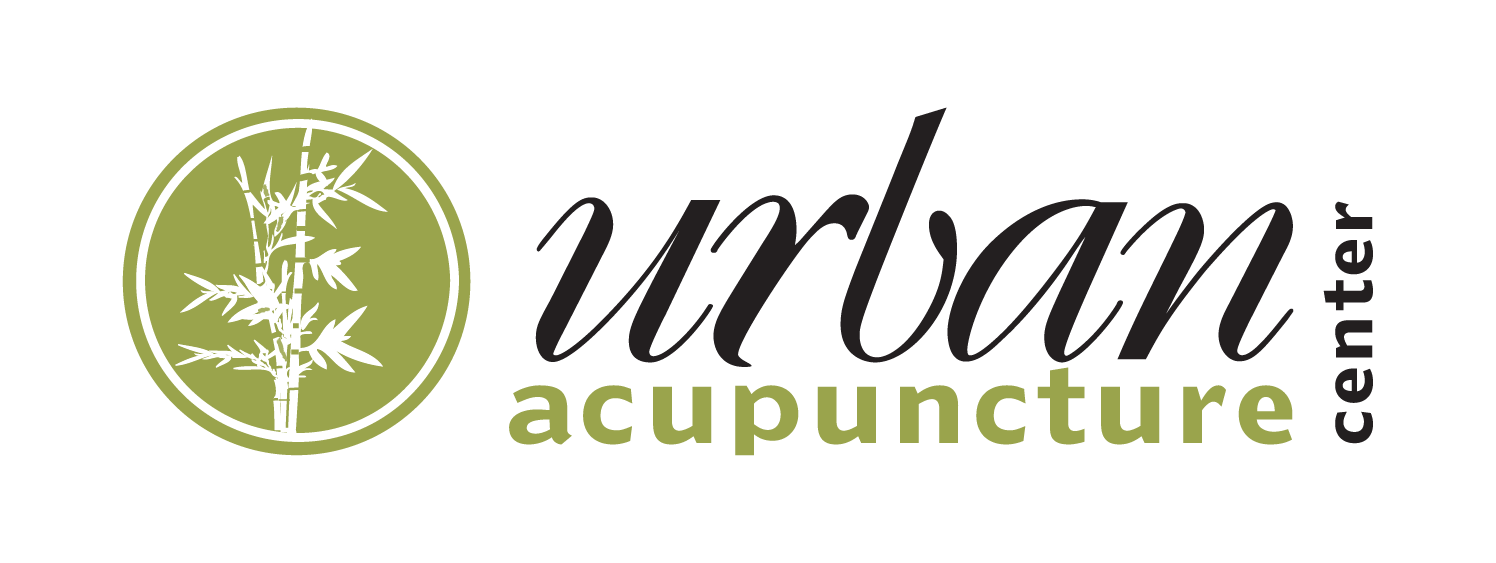by urban-acupuncture | Nov 19, 2012 | Art
It was my first summer in Columbus when I stumbled upon the lotus pond at Goodale Park. I didn’t realize that the same kind of lotus that I grew up with in Thailand could thrive in this midwestern climate. With camera in hand, I returned to the pond several times that summer to capture what felt so familiar to me, in my new home-turf.
Photograph by Kit Yoon
I love the different shades of green, the geometric shapes, and the varied angles of a lotus plant’s life. In Buddhism, the lotus is a symbol of purity. It helps guide one to lead a simple, pure life.
The lotuses of Goodale park are long-gone now (they drenched the pond and installed a new fountain). I am thrilled to be able to share these captured moments that brought me a sense of home, and tranquility.
Kit Yoon is a licensed acupuncturist. She is often seen with a camera wherever she goes. She was born and raised in Thailand, educated in New England, enjoyed the California sand and sun for a decade. She now lives with her husband, two children, two chickens, a dog, and a bunny in Bexley, Ohio.
Photograph by Kit Yoon
by urban-acupuncture | Nov 15, 2012 | Diet
By Anne Van Druten, L.Ac
When choosing produce, choose locally grown, seasonal vegetables that help you adapt to your surrounding by subtly connecting you to the rhythm of the seasons. In the winter eat more contractive vegetables (vegetables that are more Yang in nature therefore are more warming). These include hearty, sturdy leafy greens, compact vegetables and downward-growing roots such as carrots, kale, collards, broccoli, parsnips, rutabaga and turnips. These will not only weather the frost but taste sweeter afterwards!
We gain stamina and vitality when we eat them in the winter. Winter style cooking is cooking that is more yang or more warming. Slow-simmer, pressure-cook, bake or saute your meals. Serve and eat every meal warm versus raw and cold. When it’s cold outside you want to consume foods that are cooked and warming. Whereas in the warmer months it is more acceptable to eat raw and cooling foods to help your body cool off. Add a little sea salt, miso, tamari soy sauce or sauerkraut to your meals. And enhance your recipes with green onions, sea vegetables, ginger and dried herbs.
by urban-acupuncture | Nov 15, 2012 | Acupuncture Columbus
by Kit Yoon L.Ac.
The first time you receive an acupuncture treatment, you might be surprised by the sensations following each needle penetration. At first you may feel nothing. A few seconds later, with a little more needle depth and stimulation, your eyes widen and your body wakes up to an unfamiliar wave spreading at the local acupoint, or throughout your body.
What you feel is what we consider the basis of Traditional Chinese Medicine. It is what we as practitioners try to move, manipulate, nourish or diminish, depending on your conditions or ailments. What you feel is a rather complex entity, but is simply known as Qi.
Pronounced ‘chee’, and often translated as ‘life force’, Qi is intangible and invisible, and yet ubiquitous in all living beings. Chinese Medicine divides Qi into several forms, some of which include Prenatal Qi, Nourishing Qi, Defensive Qi, and Organ Qi. But we tend to group them up, and refer to Qi in general as your well-being, your energy, your life force.
Qi is a unique concept to Chinese Medicine, but far from being unknown in other cultures and practices. Qi is synonymous with mana to the Hawaiians, pneuma to the Greeks. And for yoga practitioners, Qi is one and the same as prana.
When the body and mind are in balance, Qi flows freely. You feel nourished and energized: you are healthy. When Qi is blocked, you may experience aches and pain, depression and anxiety. When Qi is depleted, you may feel fatigue, or dis-ease.
Acupuncture, the placement of thin needles into specific therapeutic points along the body’s meridians, works to re-direct your Qi towards optimum health. Practitioners select certain points along the meridians that best suit your needs. You may find that some acupuncture points deliver more Qi sensations than others. It is not uncommon for you to experience an underlying vibration throughout your body during the treatments.
Because acupuncture has been very beneficial in treating several health conditions, the scientific community is curious about how it works. Several studies have attempted to study the impact of acupuncture; some studies have even tried to measure Qi. Many studies agree that acupuncture does offer positive benefits, from headaches to arthritis, anxiety to sciatica, among other conditions.
For some uncomplicated blocked Qi (i.e. jaw pain), patients often feel less or no pain as soon as the acupuncture takes effect. As my teacher reminded us over and over again: “Where there is blocked Qi, there is pain. Where there is Qi flow, there is no pain.”
Although Qi may always be that ethereal entity; only something that we can feel, we could say it probably is associated with circulation, both of lymphatic fluid and blood. In fact, because Qi is such an important part of all living things, it is fair to say that there is Qi in every part of the body. Qi is truly the essence of life.
Contact Us For More Information
For more information about how acupuncture, massage therapy and other alternative healing treatments can help you, please contact the Urban Acupuncture Center Board Certified Licensed Acupuncturist’s team at Indianola Ave, Clintonville (614) 725-2488 | Main St, Westerville (614) 426-4406 or click here. Taking new patients in and around greater Columbus, Ohio.
